We had the opportunity to interview Michel Gaillaud (Medxcare – michel.gaillaud@medxcare.fr), former chief doctor at Olympique de Marseille. He who has been initiated into padel notably by the former coach of the French team of padel Patrick Fouquet explains to us when and how the most common injuries occur among amateur players.
His story with padel
“I have always had professional tennis players among my patients, so I have a good general knowledge of racquet sports.
I discovered the padel when I started treating Patrick Fouquet, former player and coach of the French national team padel. He passed on his passion for this discipline to me and really made me want to try. Like many fans, I was hooked straight away and never stopped.
Today, I play regularly with friends, and we have a blast every time. We have a good time, during and after the game, and we also have a good time (laughs). It’s a sport that is fun, friendly and accessible, so you definitely have fun. In the end, I'm not the only one in the family who got hooked: my son is also keen on this sport!”
A sport that ultimately poses little risk at the professional level
“Despite a very busy schedule for professional players last season, we ultimately observed relatively few injuries. Obviously, there can always be accidents and situations where players will get hurt, but given the number of tournaments and important matches, we can say that injuries are much less frequent than in a sport like tennis, where the serve will generate overuse at the shoulder level and very often pose a problem.”
Le padel, a very addictive sport
“What I notice in my patients who come from padel – and there are more and more of them – is that they are almost all addicted to the discipline. They tend to play very often, sometimes more than necessary. And when a pathology has to keep them off the track for a while, they generally experience it very badly. This is quite comparable to what we observe in running, which is also an addictive activity.
The problem, as you have understood, is that when you discover this fun activity and want to play every day without having a body sufficiently prepared for it, you increase the risk of injury…”
The three most common injuries
The famous epicondylitis…
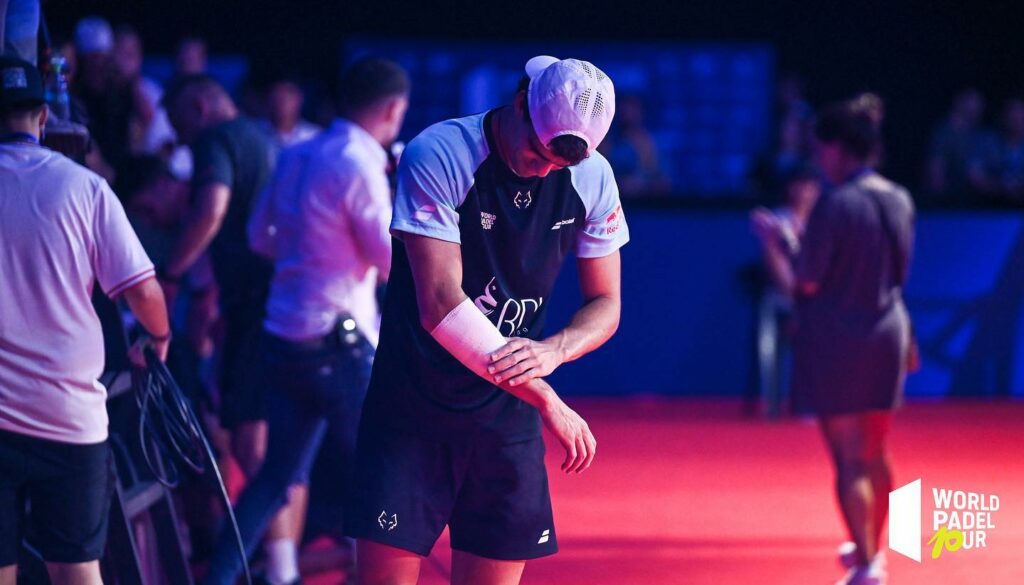
“As you can probably imagine, we will first talk about “tennis elbow”, this injury that can also be called epicondylar tendinopathy, and which occurs at the elbow.
First, we must understand that everything has been organized in humans to take (like to eat for example), this is what allows pronation. But a group of tendons is there to control the movement – the wrist extensor tendons – and they are the ones who suffer. We are talking about micro-traumatic lesions due to overuse.
The extensor or flexor wrist tendons attach for the most part to the elbow and it is the repetitive movements of this wrist, here with weight, which damage the tendons at the level of their insertions on the elbow with sometimes tendon cracks. This is the famous epicondylitis so feared by practitioners. We could therefore say absolutely that it is not a disease of the elbow but of the wrist!
We can prevent it, for example, by choosing rackets with a low balance, perhaps by adding overgrips, or by avoiding gripping the handle too tightly.”
The “tennis leg”
“Then we find another pathology that is also common in football players. padel and in tennis players, an injury commonly called “tennis-leg”. This is a disinsertion of the medial gastrocnemius muscle on its envelope, the aponeurosis. This calf injury occurs during a sudden acceleration in a player who is not sufficiently warmed up, who has not recovered well from his last training sessions, or who is dehydrated. This myoaponeurotic lesion, which when it occurs gives the sensation that someone has thrown a stone at our calf, must be well treated to avoid any relapse.”
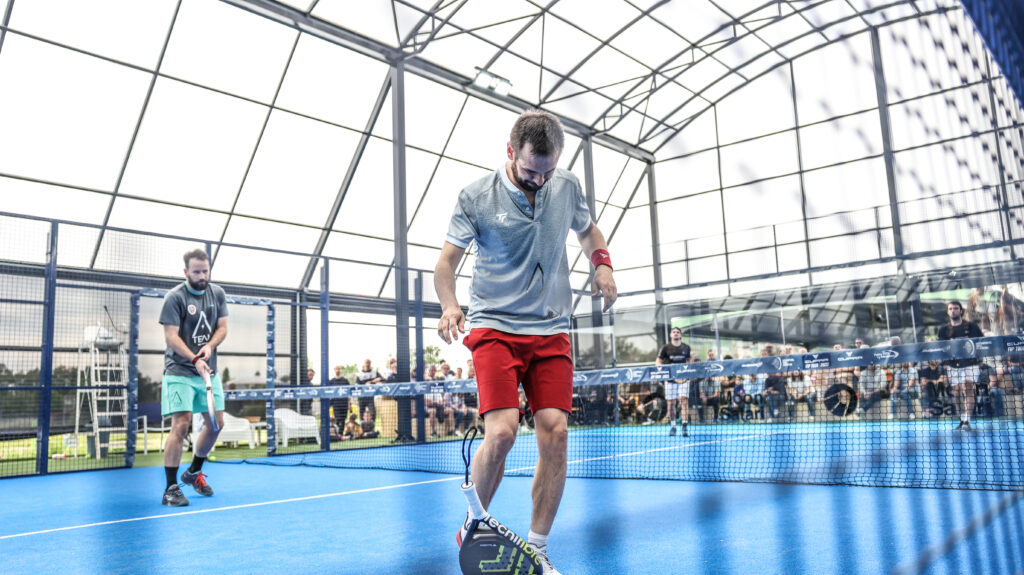
Achilles tendon rupture!
“Finally, in this “Top 3” we find another injury which shares similarities with the second: the rupture of the Achilles tendon. Here again, poor hydration and accumulated fatigue will most of the time be to blame. If this pathology is very annoying – with a compulsory operation and long rehabilitation – it can also be avoided by respecting a few basic rules. In fact, it is following multiple micro-traumas that the Achilles tendon ends up giving way. As soon as pain appears in this area, you must consult a healthcare professional! And more generally, you need to take the time to recover, stretch, hydrate and eat well.”
Soon an Observatory of injuries padel ?
“In order to better understand the injuries surrounding this relatively new sport and to help protect future generations of players in particular, padel, I would soon like to organize an Observatory of injuries of the padel. I can't say much more at the moment, except that it should take place in Biarritz, in the Pyrénées-Atlantiques!”
The final word ?
“Never take Achilles tendon pain lightly!”
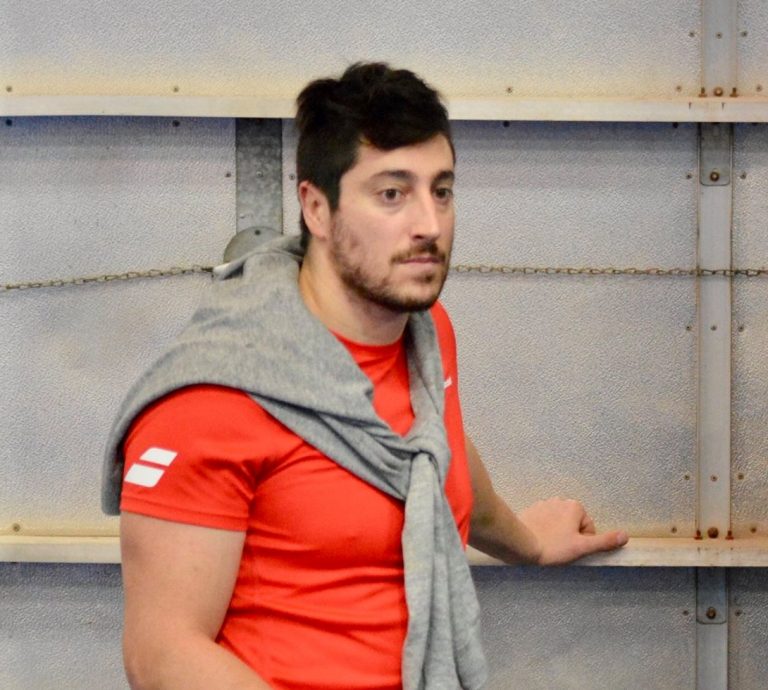
Xan is a fan of padel. But also rugby! And his posts are just as punchy. Physical trainer of several padel, he unearths atypical posts or deals with topical subjects. It also gives you some tips to develop your physique for the padel. Clearly, he imposes his offensive style as on the field of padel !




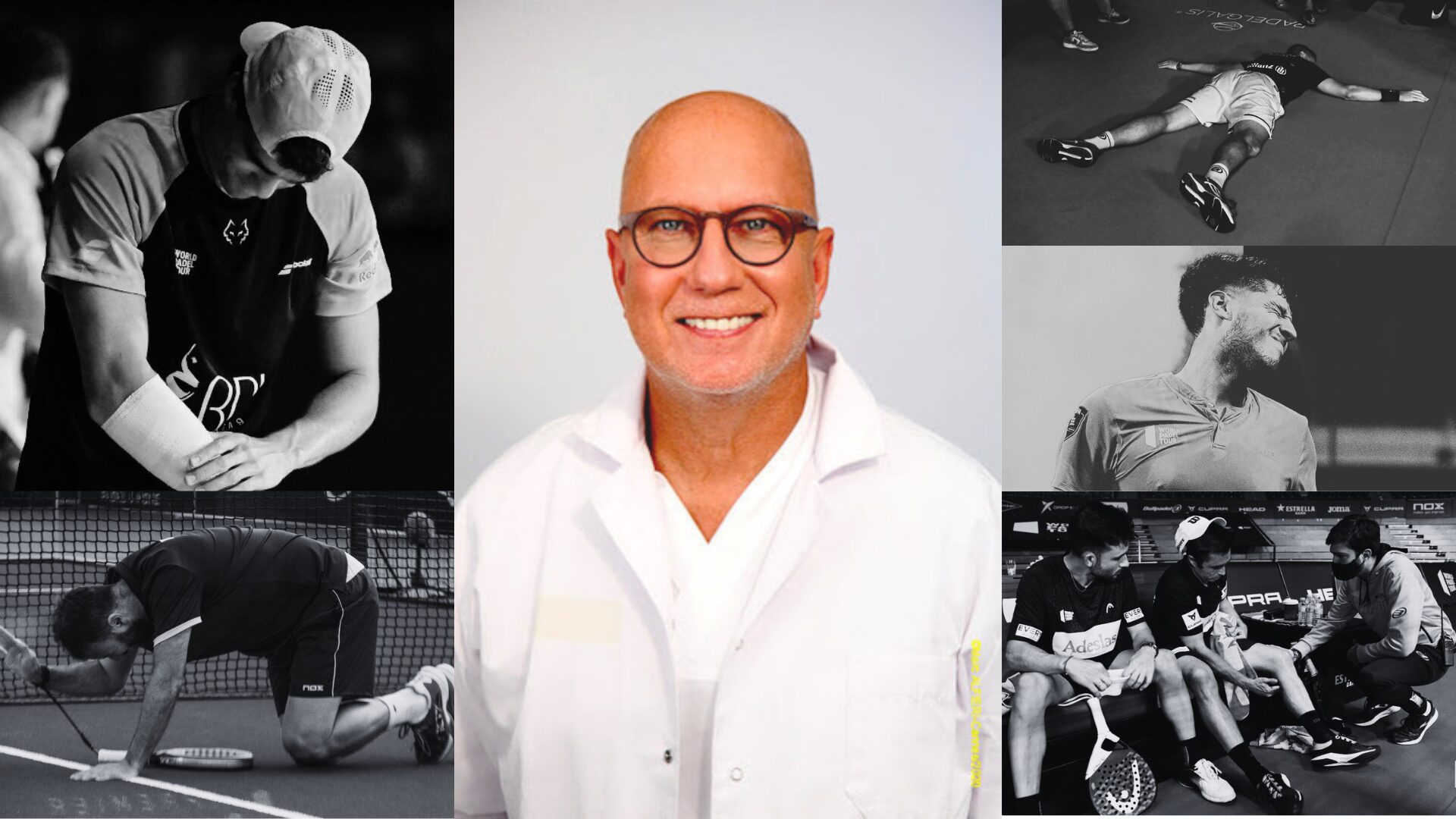
































































































 Premier Padel Brussels P2 – The women’s Big 4 at the semi-finals!
Premier Padel Brussels P2 – The women’s Big 4 at the semi-finals!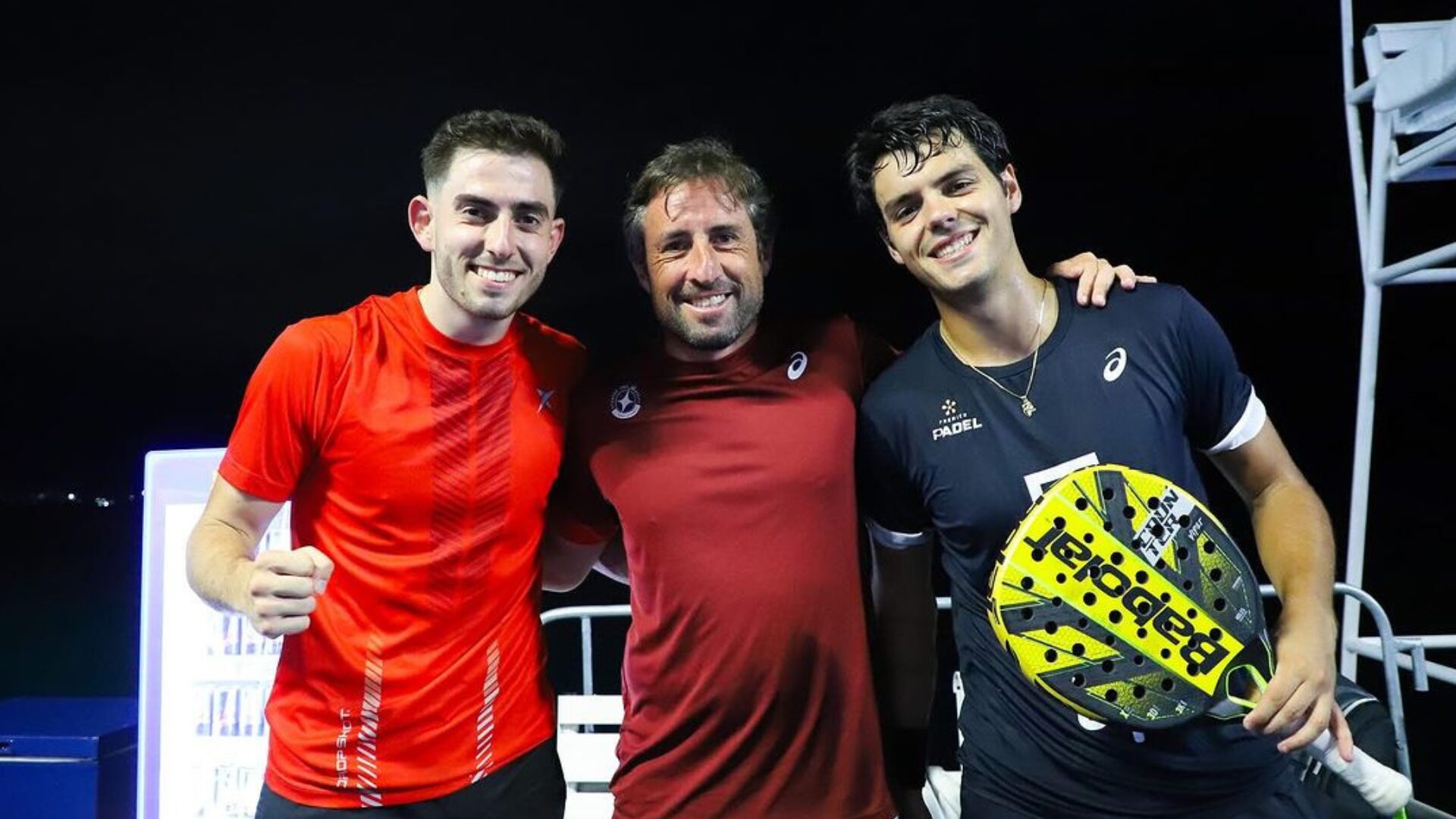 Premier Padel Brussels P2 – Sanz and Nieto win a big fight against Lebron / Navarro!
Premier Padel Brussels P2 – Sanz and Nieto win a big fight against Lebron / Navarro! Premier Padel Brussels P2 – The break obviously did Sanchez / Josemaria good!
Premier Padel Brussels P2 – The break obviously did Sanchez / Josemaria good! Guillaume Codron de Sud Padel : “A family project”
Guillaume Codron de Sud Padel : “A family project” Nallé Grinda: “Democratize the padel in the USA with PadelX "
Nallé Grinda: “Democratize the padel in the USA with PadelX " Simon Boissé: “We know that there are two nations in front of us”
Simon Boissé: “We know that there are two nations in front of us” Marie Maligo: “This period of frequent changes of partners was beneficial for me”
Marie Maligo: “This period of frequent changes of partners was beneficial for me” Gilles Moretton: “We will be able to put the padel at the level of tennis”
Gilles Moretton: “We will be able to put the padel at the level of tennis” Two P1000 doubled prize money approaching!
Two P1000 doubled prize money approaching! José Manuel Escin at the inauguration of Casa Padel DOS: “Finally, and thank you!”
José Manuel Escin at the inauguration of Casa Padel DOS: “Finally, and thank you!”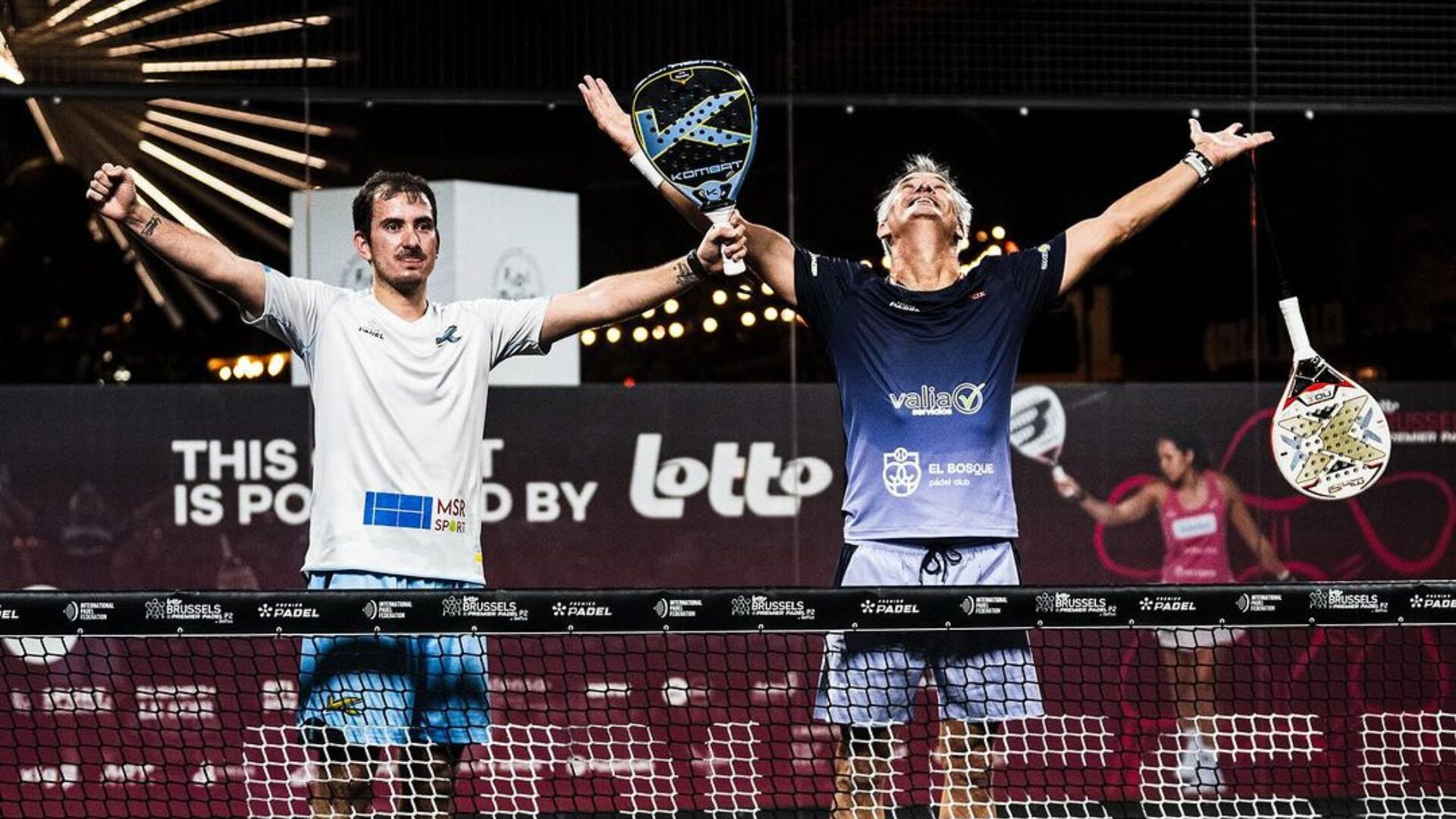 Miguel Lamperti: three tie-breaks and a return to the quarter-finals!
Miguel Lamperti: three tie-breaks and a return to the quarter-finals!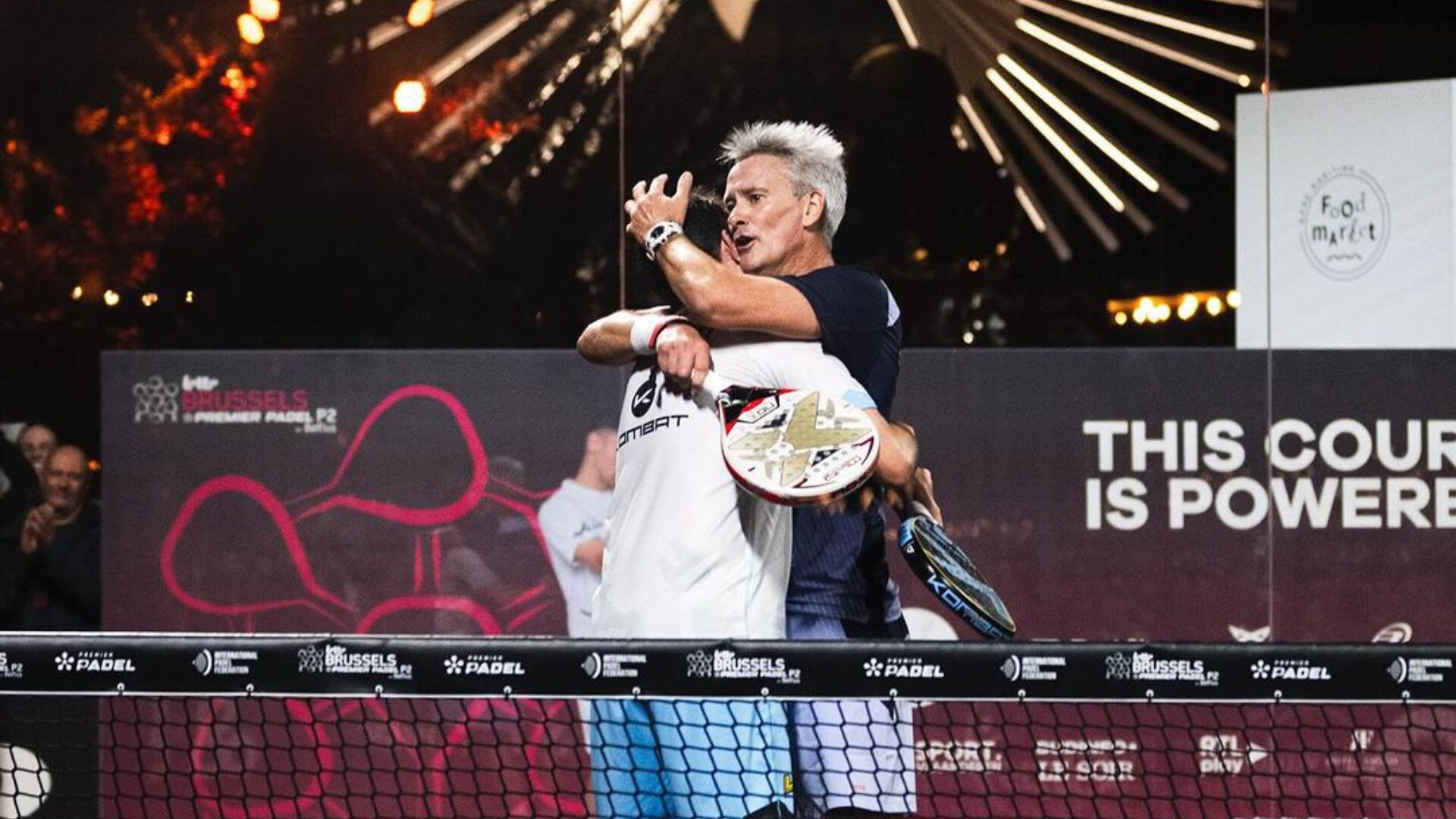 Big evening in Brussels with two seeded players on the mat, heckled number 1s…
Big evening in Brussels with two seeded players on the mat, heckled number 1s…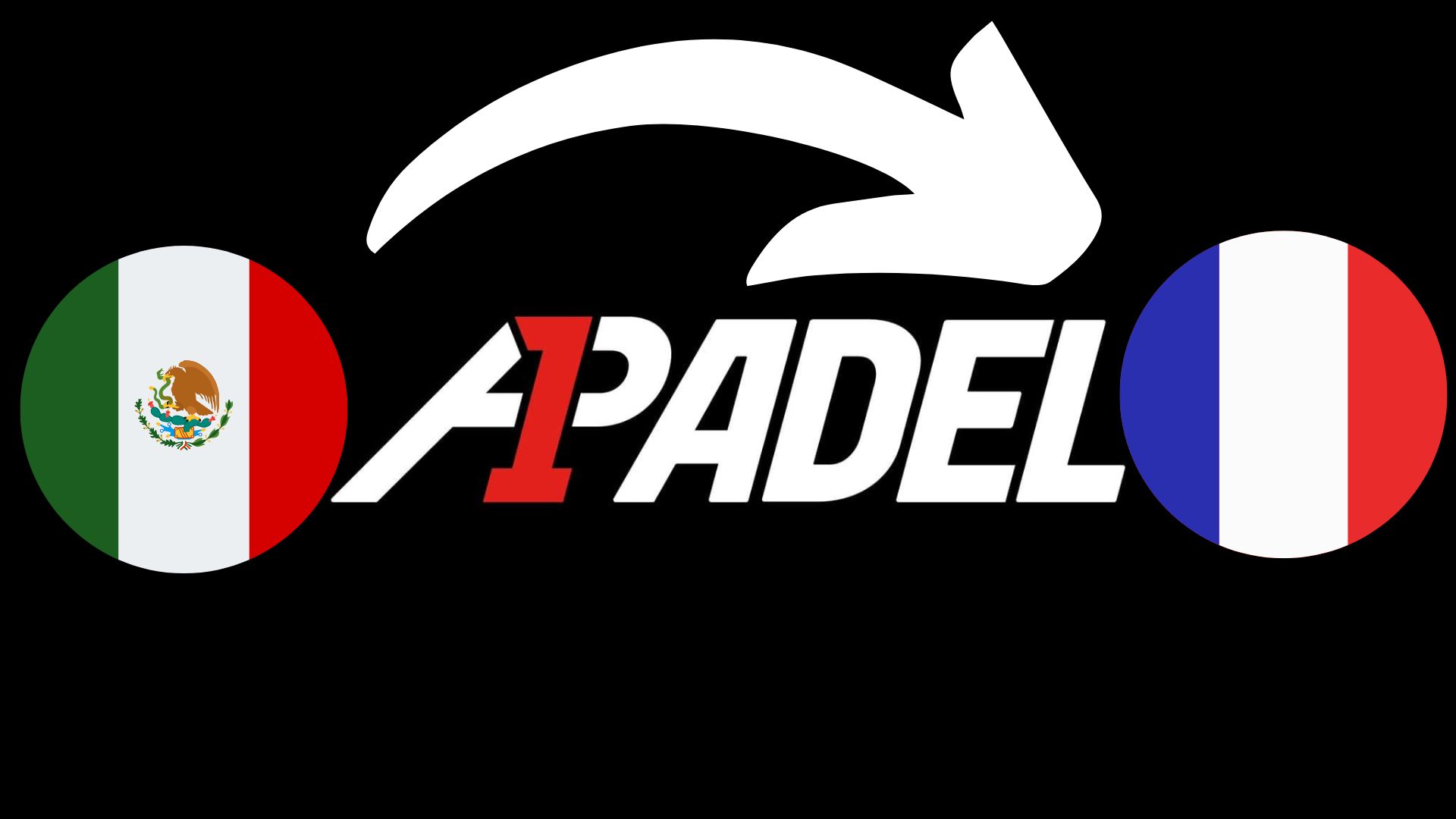 A1 Padel – the French Open replaces the Mexican Open on the calendar
A1 Padel – the French Open replaces the Mexican Open on the calendar Padel Score comes to Tahiti for American Express Padel Cup!
Padel Score comes to Tahiti for American Express Padel Cup! Do you know the Rafa Nadal Academy Tour?
Do you know the Rafa Nadal Academy Tour? Play at padel on his yacht? Possible for €233.000!
Play at padel on his yacht? Possible for €233.000! Our Top 10 training courses padel in France and Europe
Our Top 10 training courses padel in France and Europe At the heart of padel – Episode 25: Paul and Andoni answer your questions
At the heart of padel – Episode 25: Paul and Andoni answer your questions Tactical padel – What to do when faced with players who systematically stay at the bottom?
Tactical padel – What to do when faced with players who systematically stay at the bottom? The basic tactics of padel
The basic tactics of padel At the heart of padel – Episode 25: Paul and Andoni answer your questions
At the heart of padel – Episode 25: Paul and Andoni answer your questions At the heart of padel – Episode 23: defend the window well
At the heart of padel – Episode 23: defend the window well Prohibition on playing topless Padel : the reasons
Prohibition on playing topless Padel : the reasons FIP Tour – Going far from Europe, THE strategy to earn points!
FIP Tour – Going far from Europe, THE strategy to earn points! What is a good football player? padel ?
What is a good football player? padel ? “Lefties give me headaches when I play against them!”
“Lefties give me headaches when I play against them!” At the heart of padel – Episode 14: how to earn points in winter?
At the heart of padel – Episode 14: how to earn points in winter? A par 4 is always a winner...even if you manage to defend it!
A par 4 is always a winner...even if you manage to defend it! Carbon fiber VS fiberglass: what to choose?
Carbon fiber VS fiberglass: what to choose? How to effectively test a racket padel ?
How to effectively test a racket padel ? La padel to fight Parkinson's disease
La padel to fight Parkinson's disease Don't play with a cracked or broken racket, your body will thank you!
Don't play with a cracked or broken racket, your body will thank you! Michel Cymes: “The padel, physically, it’s serious!”
Michel Cymes: “The padel, physically, it’s serious!” Jeremy Gala: “Promote the padel among young people in Belgium remains a challenge”
Jeremy Gala: “Promote the padel among young people in Belgium remains a challenge” The French Touch Academy organizes its selection day Padel-Study
The French Touch Academy organizes its selection day Padel-Study Report on the detection and training of younger generations
Report on the detection and training of younger generations